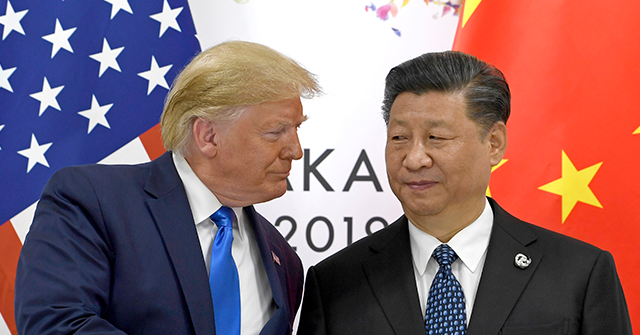Donald Trump’s proposal for a 60 percent tariff on all Chinese imports has sparked significant debate, particularly among economists and policymakers. However, many of the dire predictions surrounding these tariffs lack an economic foundation. Unlike 2016, the global economic landscape has already adapted to the idea of rising tariffs and the shifting dynamics of manufacturing dominance. The ongoing geopolitical climate, marked by China’s authoritarian tendencies and the lessons learned during the pandemic regarding supply chain vulnerabilities, mean that the era of dependency on China is unlikely to return. Furthermore, recent studies indicate that the vast majority of tariffs previously imposed have not substantially raised prices for U.S. consumers; rather, Chinese manufacturers and U.S. importers have mostly absorbed these costs.
The primary argument against Trump’s tariffs is the assertion that they will significantly increase consumer prices. Yet, data from Bank of America suggest that despite an average tariff of 19 percent on Chinese imports, prices did not escalate before the current inflationary period. Factors such as currency devaluation and competitive pricing efforts by U.S. firms have prevented most of these tariff costs from being passed on to consumers. Moreover, the tariffs serve as a foreign policy and national security tool aimed at reducing U.S. reliance on Chinese goods, enabling a shift of production to more economically aligned nations. This approach may not only enhance economic resilience but also contribute positively to the global geopolitical climate.
An analysis of the potential inflationary impact suggests it would be less severe than many critics predict. If the theoretical 60 percent tariff were fully passed onto consumers, the inflation increase would be around 0.9 percentage points, according to Bank of America. However, such projections rely on various assumptions from a partial equilibrium framework that overlooks adaptive measures in the broader economy. Historical trends indicate that when tariffs were introduced during Trump’s first term, the Chinese renminbi weakened significantly, which helped to cushion the impact on U.S. prices. Hence, it is reasonable to anticipate that similar mechanisms will mitigate any inflation effects arising from new tariffs.
Additionally, the nature of U.S.-China trade must be considered when assessing consumer impact. A substantial portion of imports from China consists of intermediate goods rather than finished consumer products; therefore, the effects of tariffs on consumer prices will be diffused through the supply chain rather than hitting consumers directly. The ongoing shift among U.S. companies away from Chinese suppliers, in search of cost-effective alternatives, stands to further lessen the immediate price increases that could be expected from tariffs. This pre-existing trend, accelerated by tariffs, could foster more resilient supply chains and a diversified manufacturing base domestically and in allied nations.
The prevalent misconception surrounding China’s production advantage underscores a critical consideration. Economists often assume that the mere existence of production in China equates to economic efficiency. However, China’s state-driven and predatory economic policies skew the market in its favor. This legislative bias creates an environment where production occurs in China not solely based on cost factors but proliferates due to manipulated market practices. The strategic imposition of tariffs by the U.S. intends to counter these mercantilist tactics. Even though some critics argue that a 60 percent tariff may not be sufficient, it reflects an approach that is necessary to rectify asymmetric global trade relationships.
Ultimately, the burden of these tariffs will largely rest on Chinese producers. Due to a combination of competitive pressures, currency fluctuations, and shifting supply chains, the inflationary impact in the U.S. could be minimal. Insights from the International Monetary Fund (IMF) forecast that the U.S. economy is positioned to lead global growth, while China’s economic prospects remain subdued. Thus, the anticipated ‘trade war’ resulting from Trump’s tariffs has not adversely affected the U.S. economy but has instead placed stress on Chinese economic stability. In summary, Trump’s tariffs might serve not only as a tool for reshaping trade relations but also potentially as a means of enhancing economic competitiveness in the U.S. marketplace.

